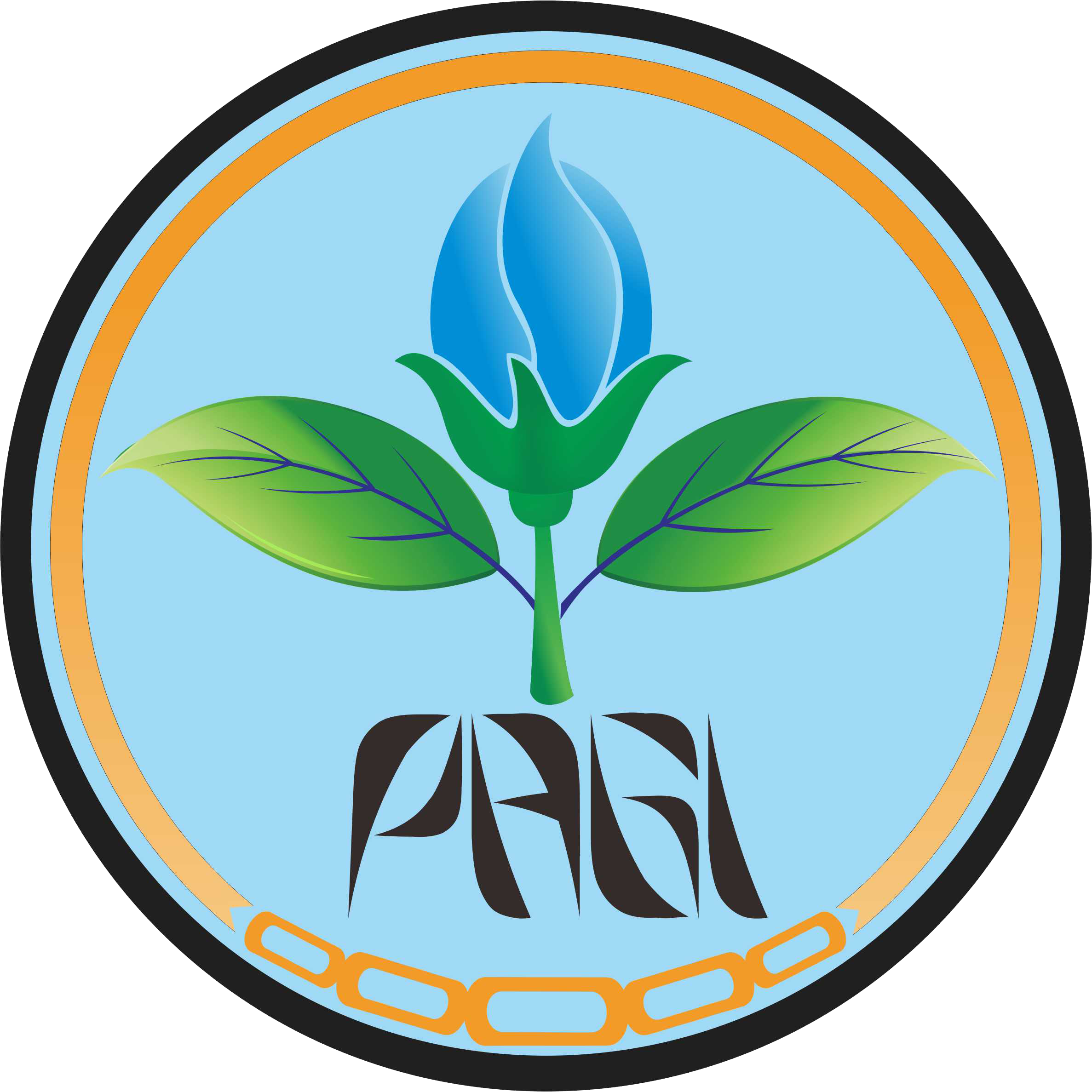Isolasi dan Identifikasi Bakteri Pelarut Fosfat pada Tanah Ultisol di Kecamatan Rumbai, Pekanbaru
Abstract
Phosphate-solubilizing bacterial can fulfill the low available of soluble P on Ultisol. This research aimed to study on the quantity of the population bacteria and identify phosphate-solubilizing bacteria on Ultisol from Rumbai District, Pekanbaru. The research method used was descriptive method. Soil sample was collected from teak plantations of PT. Air Jernih, Sub district of Rumbai Pesisir, Pekanbaru and identification of phosphate-solubilizing bacteria was conducted in Laboratory of Pathology, Entomology and Microbiology, Faculty of Agriculture and Animal Husbandry, Universitas Sultan Syarif Kasim State Islamic, Riau from May-September 2017. The observed parameters were bacterial cell numbers, phosphate solubilization index, microscopic and biochemical characteristics. Four isolates were obtained with cell numbers ranging from 4.2 x 105 – 7.1 x 105 CFU/g of soil. All isolates showed the ability to dissolve phosphate with phosphate solubilization index ranging from 1.16 – 1.57. The four isolates were identified as Klebsiella (IBJ1 and IBJ2), and Acinetobacter (IBJ3 and IBJ4).
Keywords
Full Text:
PDF(ID)References
Alori ET, Glick BR, Babalola OO. 2017. Microbial phosphorus solubilization and its potential for use in sustainable agriculture. Front Microbiol. 8:1–8. doi: 10.3389/fmicb.2017.00971.
Anikwe MAN, Eze JC, Chima MC, Ikenganyia EE. 2016. Soil physicochemical quality in contrasting tillage systems and its effect on nodulation and nodulation effectivity of groundnut, Bambara groundnut and soybean in a degraded Ultisol in Agbani, Enugu Southeastern Nigeria. Rhizosphere. 1:14–16. doi: 10.1016/j.rhisph.2016.05.001.
Aşkin T, Kizilkaya R. 2006. Assessing spatial variability of soil enzyme activities in pasture topsoils using geostatistics. Eur J Soil Biol. 42(4):230–237. doi: 10.1016/j.ejsobi.2006.02.002.
Azmi SA, Chatterjee S. 2016. Population dynamics of soil bacteria in some areas of Midnapore coastal belt, West Bengal, India. 3 Biotech. 6(1):1–7. doi: 10.1007/s13205-015-0361-y.
Bhardwaj G, Shah R, Joshi B, Patel P. 2017. Klebsiella pneumoniae VRE36 as a PGPR isolated from Saccharum officinarum cultivar Co99004. J Appl Biol Biotechnol. 5(01):047–052. doi: 10.7324/jabb.2017.50108.
Bhattarai B. 2015. Variation of soil microbial population in different soil horizons. J Microbiol Exp. 2(2):75–78. doi: 10.15406/jmen.2015.02.00044.
Cappuccino J, Welsh C. 2018. Microbiology a laboratory manual (11th ed.). Harlow: Pearson.
Collavino MM, Sansberro PA, Mroginski LA, Aguilar OM. 2010. Comparison of in vitro solubilization activity of diverse phosphate-solubilizing bacteria native to acid soil and their ability to promote Phaseolus vulgaris growth. Biol Fertil Soils. 46(7):727–738. doi: 10.1007/s00374-010-0480-x.
Dollinger J, Lin CH, Udawatta RP, Pot V, Benoit P, Jose S. 2019. Influence of agroforestry plant species on the infiltration of S-Metolachlor in buffer soils. J Contam Hydrol. 225(May):103498. doi: 10.1016/j.jconhyd.2019.103498.
Holt J, Krieg N, Sneath P, Staley J, Williams S. 1994. Bergey’s manual of determinative bacteriology (9th ed.). Baltimore: Williams and Wilkins.
Ingle KP, Padole DA. 2017. Phosphate solubilizing microbes: An Overview. Int J Curr Microbiol Appl Sci. 6(1):844–852. doi: 10.20546/ijcmas.2017.601.099.
Karpagam T, Nagalakshmi P. 2014. Isolation and characterization of phosphate solubilizing microbes from agricultural science. Int J Curr Microbiol Appl Sci. 3(3):601-614.
Meliani A, Bensoltane A, Mederbel K. 2012. Microbial diversity and abundance in soil: Related to plant and soil type. Americ J Plant Nutri Fertil Tech. 2(1):10-18
Ogut M, Er F, Kandemir N. 2010. Phosphate solubilization potentials of soil Acinetobacter strains. Biol Fertil Soils. 46(7):707–715. doi: 10.1007/s00374-010-0475-7.
Purwaningsih S. 2004. Population of bacteria from soil in Tudu-Aog village, Passi district, Bolaang Mongondow, North Sulawesi. Biodiversitas, J Biol Divers. 5(1):13–16. doi: < href=https://doi.org/10.13057/biodiv/d050103>10.13057/biodiv/d050103.
Sadiq HM, Jahangir GZ, Nasir IA, Iqtidar M, Iqbal M. 2013. Isolation and characterization of phosphate-solubilizing bacteria from rhizosphere soil. Biotechnol Biotechnol Equip. 27(6):4248–4255. doi: 10.5504/bbeq.2013.0091.
Sharon JA, Hathwaik LT, Glenn GM, Imam SH, Lee CC. 2016. Isolation of efficient phosphate solubilizing bacteria capable of enhancing tomato plant growth. J Soil Sci Plant Nutr. 16(2):525–536. doi: 10.4067/S0718-95162016005000043.
Soepardi, G. 1986. Sifat dan Ciri Tanah. Departemen Ilmu Tanah Fakultas Pertanian IPB, Bogor.
Sumono, Parinduri SM, Huda N, Ichwan N. 2018. The utilization of ultisol soil for horticulture crops cultivation. IOP Conf Ser Earth Environ Sci. 122(1). doi: 10.1088/1755-1315/122/1/012096.
Vassilev N, Vassileva M, Nikolaeva I. 2006. Simultaneous P-solubilizing and biocontrol activity of microorganisms: Potentials and future trends. Appl Microbiol Biotechnol. 71(2):137–144. doi: 10.1007/s00253-006-0380-z.
Viera F, Nahas E. 2005. Comparison of microbial numbers in soils by using various culture media and temperatures. Microb Res. 160:197-202.
West L, Benroth F, Sumner M, Kang B. 1998. Ultisol: Characteristics and impacts on society. Adv Agro. 63:179-236.
Widawati S. 2006. The population of phosphate solubilizing bacteria (PSB) from Cikaniki, Botol Mountain, and Ciptarasa Area, and the ability of PSB to solubilize insoluble P in solid pikovskaya medium. Biodiversitas, J Biol Divers. 7(2):109–113. doi: 10.13057/biodiv/d070203.
Refbacks
- There are currently no refbacks.






